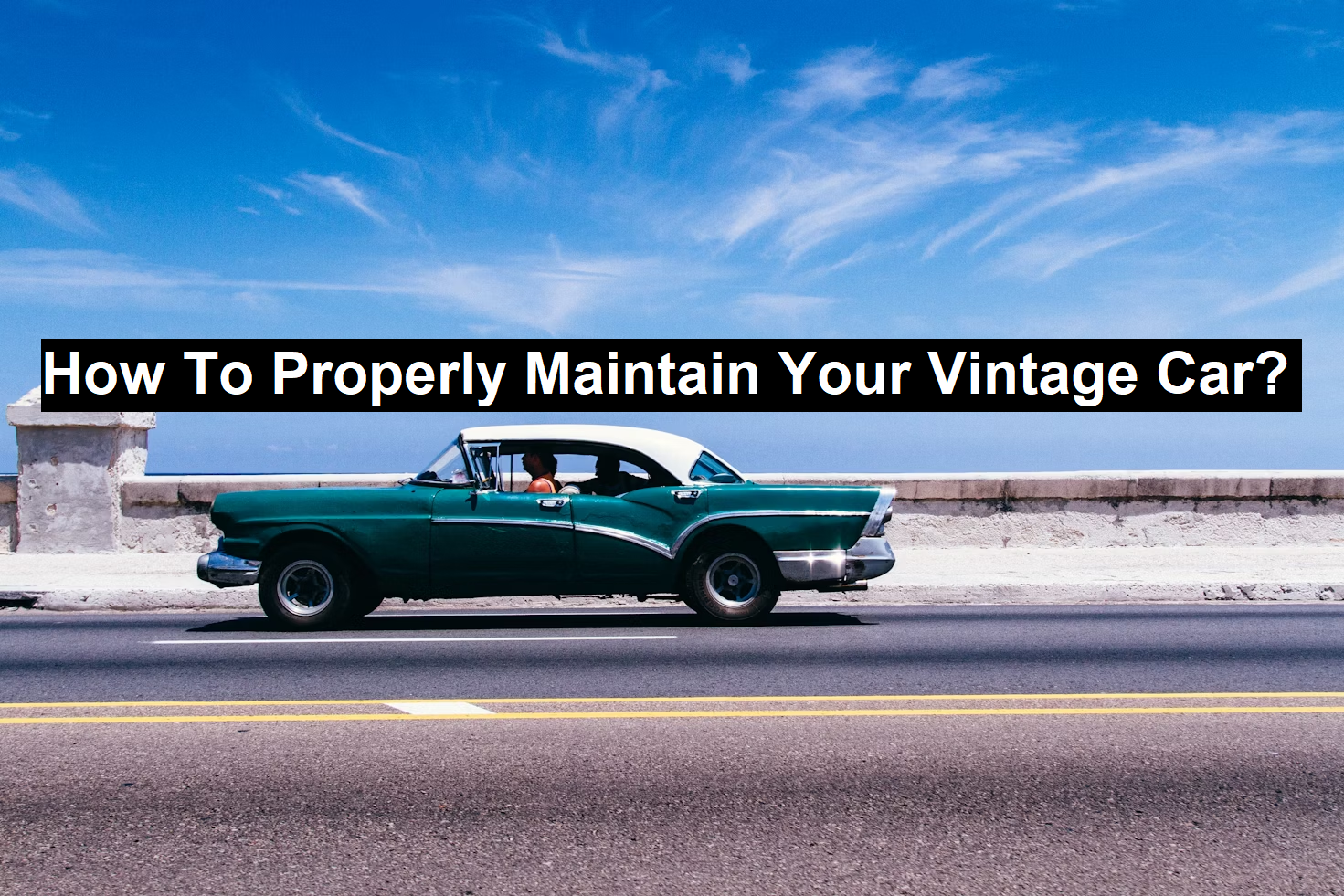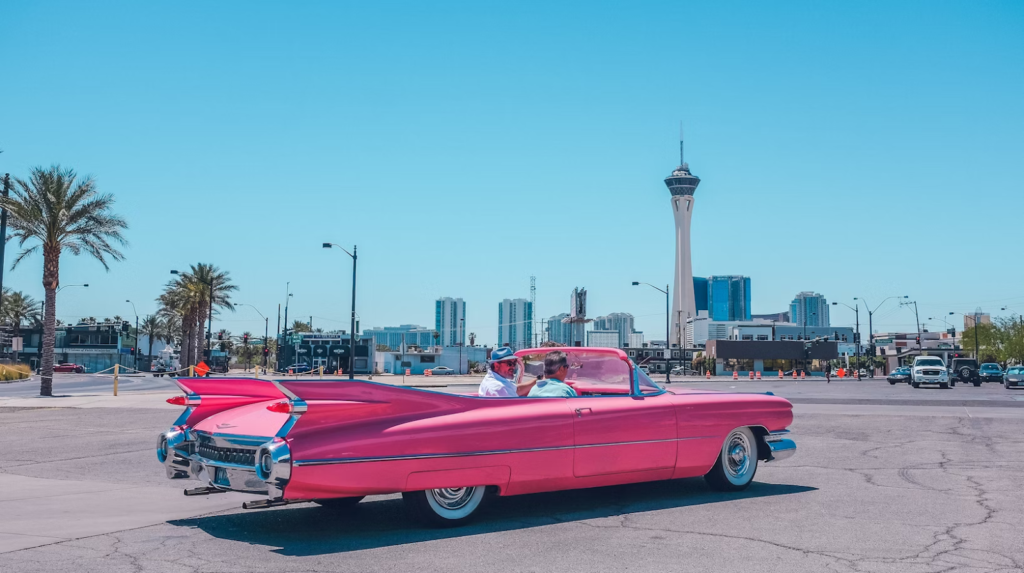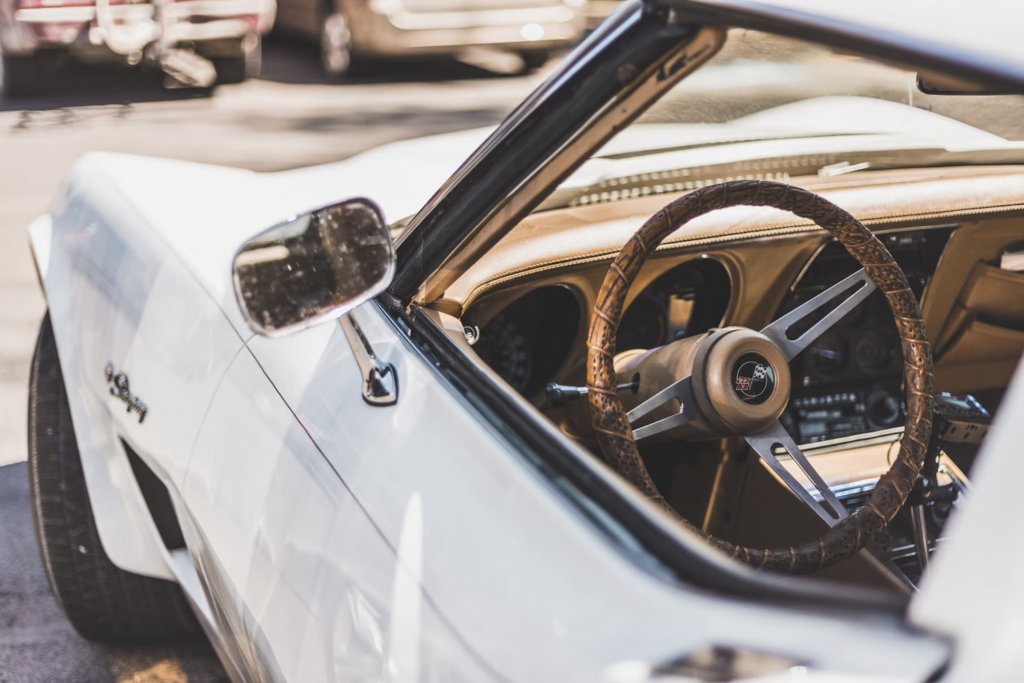
How To Properly Maintain Your Vintage Car?
Owning a vintage car is like owning a piece of history. The allure of these timeless vehicles goes beyond their elegant lines and classic designs. Vintage car owners appreciate not only the craftsmanship of their prized possessions but the stories of yesterday they carry with them. But preserving this classic charm requires more than just love and appreciation. To get the most out of your vintage car and to maintain its highest value, regular maintenance and care are necessary. Here is a handy guide to help you stay on top of your vintage car’s maintenance needs.
The Need For Vintage Car Maintenance
There is a lot to love about having a vintage car in your garage. The undeniable thrill that comes with the rumble of a classic engine, the shine of meticulously polished chrome, or the satisfaction of sitting back in a clean interior that harkens back to an earlier time.
However, owning a vintage car comes with responsibilities. In many ways, maintaining a vintage car is a lot like maintaining a modern vehicle. There are a few unique things to consider when maintaining a vintage car, however. Whether you own a muscle car, classic truck, or any other type of vintage car, knowing how to properly maintain it is essential for maximizing your ownership experience.
Read: Can Auto Glass Repair Affect Your Car’s Resale Value
Routine Maintenance Items For Vintage Cars

- Regular Oil Changes: Just like any car, the engine in a vintage car requires routine oil changes. However, these older engines often have different oil requirements than most modern vehicles. Be sure to find the right oil type for your vintage engine.
- Tire Care: Regular tire rotations, alignments, and replacements are all necessary to maintain your vintage car’s smooth ride. Some older vehicles have unique tire sizes that can be difficult to source, so it might take more effort to find proper replacement tires.
- Brake System Services: Vintage cars often have more delicate braking systems when compared to modern vehicles. Routine services of the pads, lines, and fluids, are all necessary to maintain safety. Brake fluid requirements may also differ in older brake systems.
- Fluids Monitoring: Your vintage car is full of fluids, including brake fluid, transmission fluid, coolant, and more. Having these fluids at their proper levels and completing fluid exchanges when necessary will help preserve some of your vintage car’s most precious components.
- Fuel System Services: Before modern fuel injection systems became the industry standard, most engines were outfitted with carburetors to spur combustion. Maintaining and servicing the carburetor and its related components is vital for the health of your vintage engine.
- Battery Maintenance: Classic cars often use dated battery technology, so closely monitoring the battery is important for avoiding electrical surprises. You might consider investing in a trickle charger for added protection.
- Preserve the Electrical System: Old and failing electrical components can be one of your vintage car’s worst enemies. Be sure to closely monitor wiring units for signs of damage or corrosion and make upgrades when necessary.
- Cleaning and Detailing: Vintage cars are as much about their appearance as they are their performance. Keep your classic ride looking as good as new with regular washes, waxes, and interior details.
Maintenance Signs To Watch Out For

Being proactive when it comes to caring for your vintage car will help you to stay ahead of big problems and headaches. Here are a few maintenance signs to watch out for:
- Unusual Noises: You know your car and what it sounds like. Any unusual noises can spell trouble for your engine, transmission, suspension system, or other part of your car.
- Performance Issues: Performance issues are often the easiest to notice. These can be a decrease in engine power, poor braking, difficulty starting, or anything else unusual.
- Fluid Leaks: Older vehicles can be prone to fluid leaks. While in some cases these are normal and of little worry, other times they can mean a bigger problem is at hand.
- Overheating: The fragile cooling systems of many vintage cars can make overheating an issue, especially under extreme conditions. Be sure to watch your car for signs of overheating to avoid damage to critical engine parts.
- Body Damage: Rust, corrosion, and other body damage will only get worse if left untreated. Maintain the beauty of your vintage car by completing any necessary bodywork as soon as possible.
The Final Word on Maintaining Your Vintage Car
Owning a vintage car is a rewarding experience. It is an experience that blends the love of history, artistry, and mechanical ingenuity. The allure of owning these vintage cars is matched only by the responsibility of maintaining them. Regular vehicle maintenance is the key to preserving your automotive treasure for not only yourself but for future generations to cherish as well.
Maintaining your vintage car requires having the right gear. From Pontiac struts to Chrysler bushings, the right tools and equipment will depend on the specific model of your vintage car. Whatever you own, get the most out of it by using the best for its maintenance and care.
